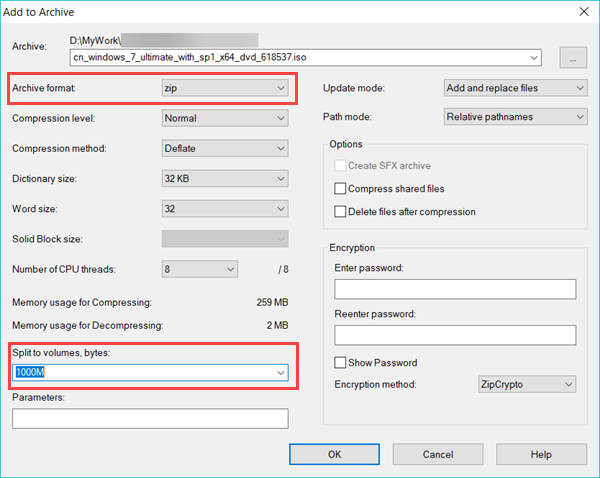

These corrections should be merged in from an encrypted file as well, since they contain identifiers.
#Copy log file into word stata code
DataCorrections should contain any corrections that are made based on identified data, such as a GPS code that is replaced.J-PAL staff and affiliates: see also J-PAL's Data Security RST lecture. For more information on data encryption, see our Veracrypt tutorial, IPA's tutorial on Boxcryptor, the Data security procedures for researchers resource. DataRaw should contain the encrypted file containing identified data (or data with information that could be used to identify individuals) or no data.Within the folder, there are two subfolders: The Input folder contains data that is being imported and should typically not be modified in any way.Consider the data flow of the project (e.g., which individuals should have access to what data, how data will be stored/backed up, and how datasets will interact) when creating a folder structure.Īn example of good file structure is as follows:.This preserves past work, allowing you to return to it. Practice version control, discussed further below, which includes archiving previous versions.You may want to rerun a specific analysis or output for a specific table, and having to run everything together is time-consuming. It should be possible to run the master do-file, cleaning code, analysis code, and code that produces figures separately. Keep a master do-file, which is a single do-file that calls all relevant do-files (see more below).
#Copy log file into word stata trial
For example, keep a separate do-file for data cleaning code (which produces a cleaned dataset from the raw data), a do-file for exploratory analysis code (which is used for trial and error, to play around with data, run regressions, produce summary statistics, and a do-file for final analysis code (which produces estimation results reported into LaTeX tables, properly formatted and annotated graphs, etc.). It is also useful to keep the steps in data manipulation or analysis separate.Examples of data manipulation include dropping, adding, or editing data. Keep data, coding files, and results separate, and include sufficient documentation to make the order and degree of data manipulation clear.

See J-PAL's data de-identification resource to learn more.

Researchers typically will negotiate a data flow with study partners-and in tandem can begin creating a plan for storing and managing data and other files. Setting up a clear folder structure early on in a study will enable consistent management of data, documents, and other files.


 0 kommentar(er)
0 kommentar(er)
